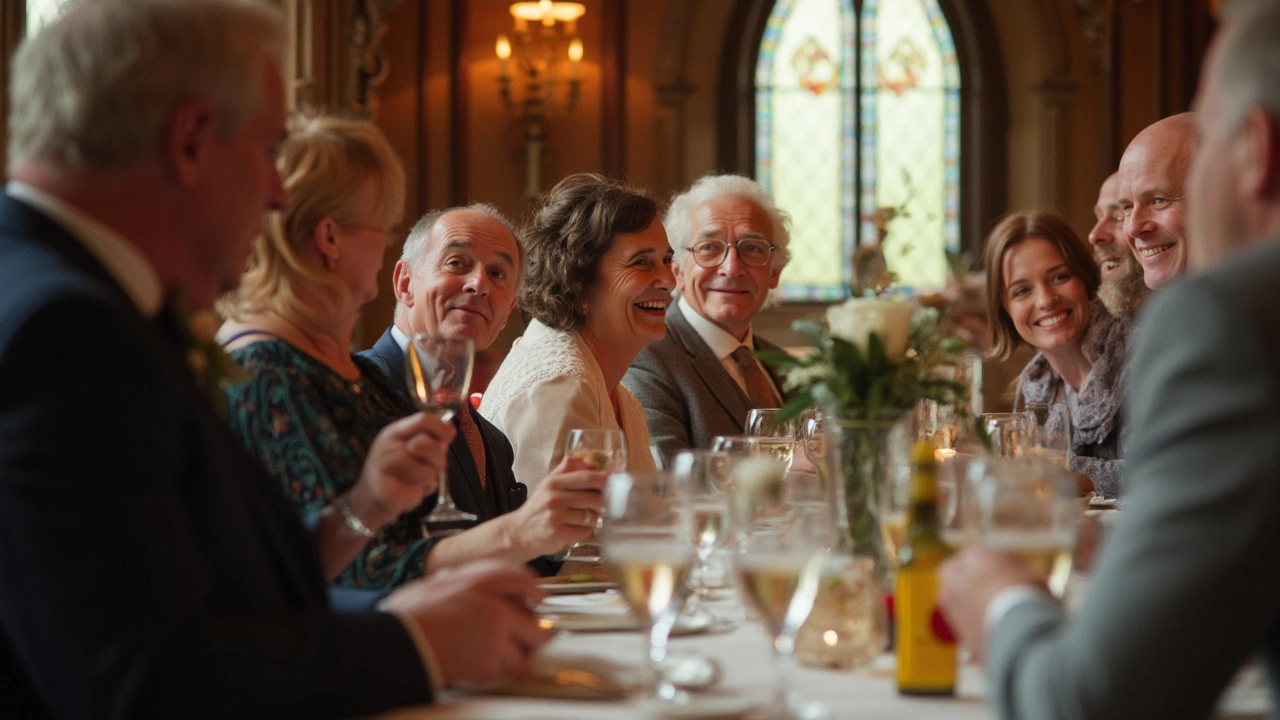Photographer Guide: Choosing, Timing & Paying Your Wedding Photographer
Finding the right photographer feels like a big deal because the photos are the only thing you’ll have forever. The good news? You don’t need a PhD in photography to make a smart choice. Follow these simple steps and you’ll lock in a pro who fits your style, budget, and timeline.
Pick a Photographer Who Gets Your Vision
Start by scrolling through Instagram or Pinterest and flagging images that make you say, “Wow, that’s us.” Look for consistency – not just one perfect shot, but a whole portfolio that matches the vibe you want. When you reach out, ask to see a full wedding album, not just the highlights. Real albums reveal how the photographer handles lighting, candid moments, and tough lighting conditions.
Next, schedule a quick call or coffee. A good photographer should be easy to talk to, ask questions about your day, and suggest ideas without sounding pushy. Trust your gut – if you feel comfortable, you’ll relax in front of the camera, and the pictures will show it.
How Many Hours Do You Really Need?
Most couples book between 6 and 10 hours. The sweet spot is 8 hours: it covers getting ready, ceremony, group photos, and some evening shots. If you have a short ceremony and a quick reception, 6 hours might be enough. Longer celebrations, multiple locations, or a sunset portrait session usually need 10 hours or more.
Ask the photographer how they break down their day. Do they allocate a set amount of time for portraits? Do they stay until the first dance? Knowing this helps you avoid surprise gaps and ensures you capture every important moment.
Don’t forget travel time. If the venue is far from the studio, add an extra hour for the photographer to set up and pack down. It’s better to have a little extra coverage than to miss the cake cutting because the photographer ran out of time.
Once you’ve settled on hours, lock the schedule in a contract. Include start and end times, a detailed timeline, and a clause for overtime rates so you’re not caught off‑guard.
Payments Made Easy
Most photographers ask for a 25‑30% deposit to secure the date, followed by a second payment 2‑3 months before the wedding. The final balance is usually due a week or two after the event. Ask for a clear payment schedule in writing – it protects both parties.
If the photographer offers a payment plan, make sure the installments are tied to milestones (deposit, pre‑wedding meeting, final delivery). Avoid paying the full amount upfront unless you’re dealing with a highly reputable studio that provides a secure contract.
When you receive the final invoice, double‑check what’s included: edited images, an online gallery, USB drive, or prints. Some photographers bundle a second photographer for an extra fee – that can be worth it for larger weddings.
Finally, keep copies of all receipts and the signed contract. If something goes wrong, you’ll have the paperwork to sort it out quickly.
Choosing a wedding photographer doesn’t have to be stressful. Focus on style, realistic hours, and a clear payment plan, and you’ll get beautiful memories without the headaches.

- Jun, 26 2025
- Comments 0